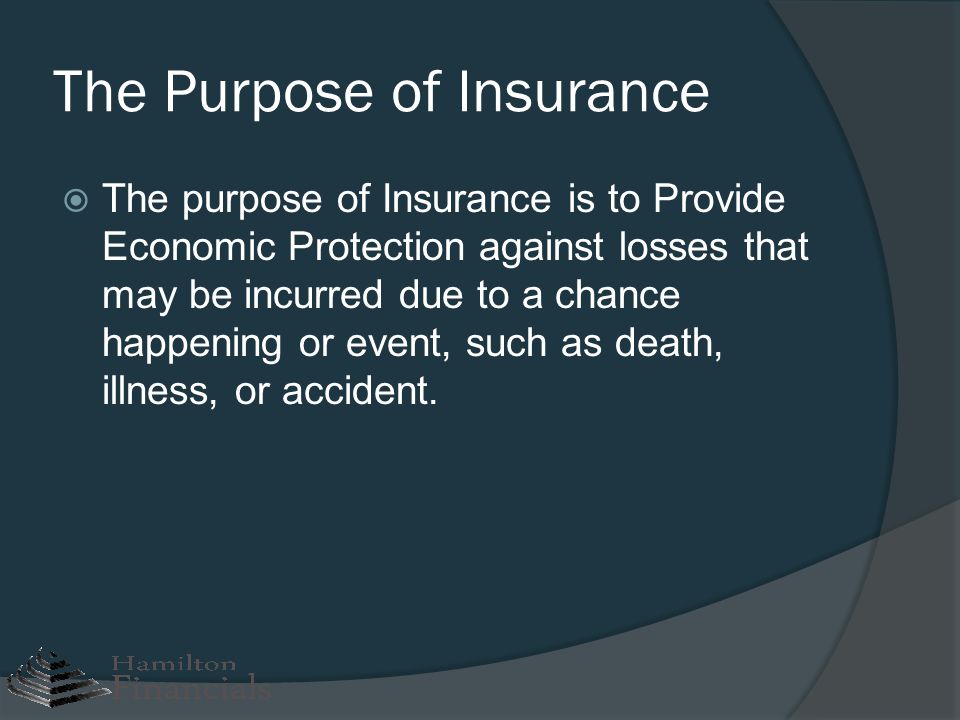Things about Pacific Prime
Table of ContentsPacific Prime for DummiesNot known Incorrect Statements About Pacific Prime The 7-Minute Rule for Pacific PrimeThe Only Guide for Pacific Prime
In many states, the insurance provider is needed to send you a copy of the changes to your policy. It is very important that you check out Endorsements or Bikers so you comprehend how your plan has actually transformed and if the plan is still ample to fulfill your needs. To obtain a copy of your insurance coverage plan, please call your insurance coverage agent or firm.
The Institute of Medicine (IOM) Committee on the Effects of Uninsurance launches an extensive exam of evidence that addresses the relevance of medical insurance protection with the publication of this record. Protection Issues is the initial in a series of six records that will certainly be issued over the following 2 years documenting the reality and consequences of having actually an approximated 40 million individuals in the USA without wellness insurance policy coverage.

Pacific Prime Can Be Fun For Anyone
The goal of this series of research studies is to redouble policy interest on a historical problem. Adhering to the lengthiest economic growth in American background, in 1999, an estimated one out of every six Americans32 million grownups under the age of 65 and more than 10 million childrenremains uninsured (Mills, 2000).

Ten percent of the populace accounts for 70 percent of healthcare expenditures, a correlation that has continued to be continuous over the past 3 decades (Berk and Monheit, 2001) - expat insurance. Therefore wellness insurance remains to offer the feature of spreading out danger even as it significantly finances regular care. From the point of view of health and wellness treatment service providers, insurance coverage carried by their individuals aids secure an income stream, and neighborhoods gain from monetarily viable and steady healthcare practitioners and organizations
Federal government offers health and wellness insurance coverage to populaces whom the personal market might not offer successfully, such as disabled and seniors, and populaces whose access to healthcare is socially valued, such as children and pregnant females. The supreme ends of medical insurance coverage for the individual and neighborhoods, including office neighborhoods of employees and employers, are improved health outcomes and top quality of life.
A Biased View of Pacific Prime
Employees rank medical insurance initially without a doubt in relevance amongst all the benefits offered in the work environment (Salisbury, 2001). Although there have been large investments of individual and public funds to offer medical insurance, many individuals still have no protection. In spite of comprehensive coverage of study findings and healthcare study results, the basic public stays overwhelmed and misinformed about Americans without health and wellness insurance coverage and the effects of doing not have protection.

Without inquiry, the complexity of American healthcare funding mechanisms and the riches of resources of information contribute to the general public's confusion and apprehension about wellness insurance policy stats and their analysis. This record and those that will certainly adhere to goal to boil down and offer in readily understandable terms the extensive research that bears on questions of medical insurance protection and my explanation its significance.
Fifty-seven percent of Americans polled in 1999 believed that those without medical insurance are "able to get the care they need from physicians and hospitals" (Blendon et al., 1999, p. 207). In 1993, when nationwide attention was focused on the problems of the uninsured and on pending health care legislation, just 43 percent of those questioned held this idea (Blendon et al., 1999).

They likewise receive less precautionary services and are less most likely to have routine treatment for persistent problems such as high blood pressure and diabetes mellitus. Persistent diseases can cause costly and disabling problems if they are not well handled (Lurie et al., 1984; Lurie et al., 1986; Ayanian et al., 2000). One nationwide survey asked greater than 3,400 grownups regarding 15 highly serious or somber problems.
The 45-Second Trick For Pacific Prime
Added evidence is offered later in this phase in the discussion of insurance coverage and accessibility to health treatment. https://www.huntingnet.com/forum/members/pacificpr1me.html. Individuals without medical insurance are young and healthy and balanced and select to go without protection. Practically fifty percent (43 percent) of those checked in 2000 believed that individuals without health and wellness insurance are more probable to have wellness problems than individuals with insurance
Voters and policy makers in focus group discussions characterize those without insurance coverage as youths who have the opportunity to be covered and feel they do not need it (Porter Novelli, 2001). Contrasted to those with at least some private protection, the without insurance are less likely to report remaining in excellent or great health and wellness (Agency for Healthcare Study and Quality, 2001).
RESOURCE: Center for Cost and Funding Research Studies, Agency for Medical Care Study and Top quality, based on MEPS data. Youthful adults between 19 and 34 are much more likely to do not have medical insurance than any kind of various other age group. This is chiefly because they are less frequently qualified for employment-based insurance as a result of the nature of their task or their brief tenure in it.
The understanding that individuals without insurance policy have better-than-average health and wellness complies with from perplexing the relatively young age profile of the uninsured with the far better health and wellness, usually, of more youthful persons. This obscures the link in between health and wellness condition and wellness insurance. For those without access to work environment medical insurance, bad health and wellness is a prospective obstacle to buying nongroup protection since such insurance coverage might be highly priced, leave out preexisting problems, or be just not available.